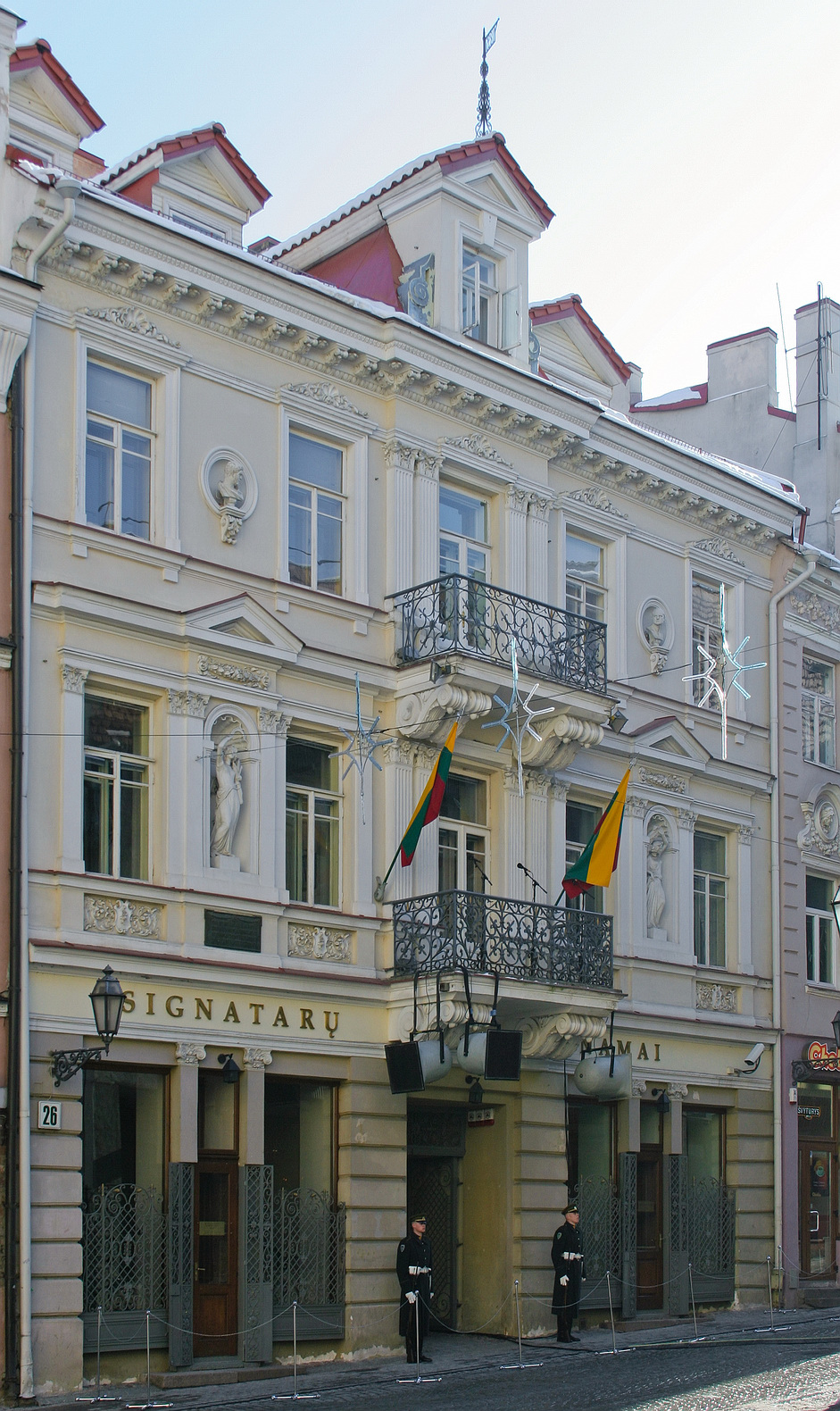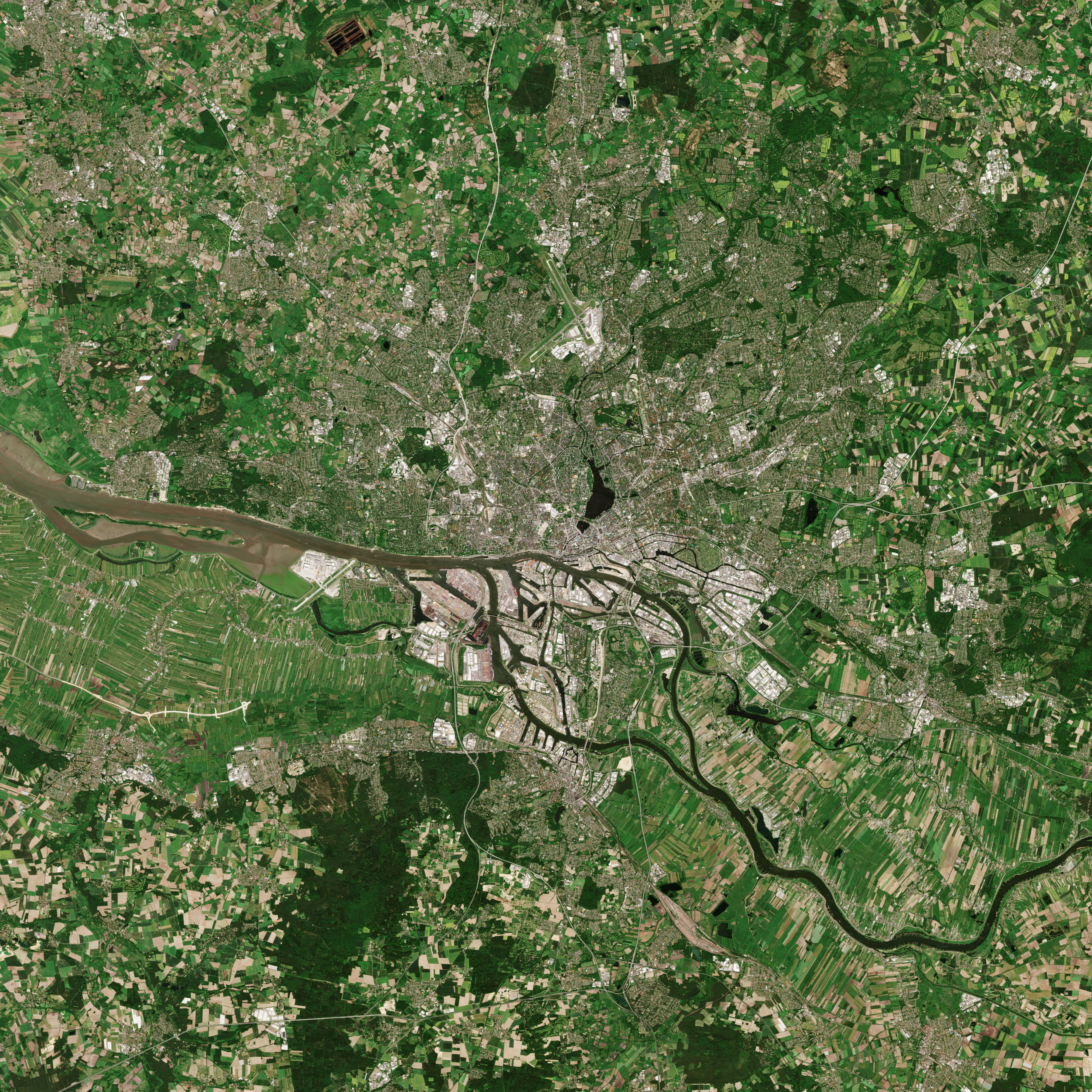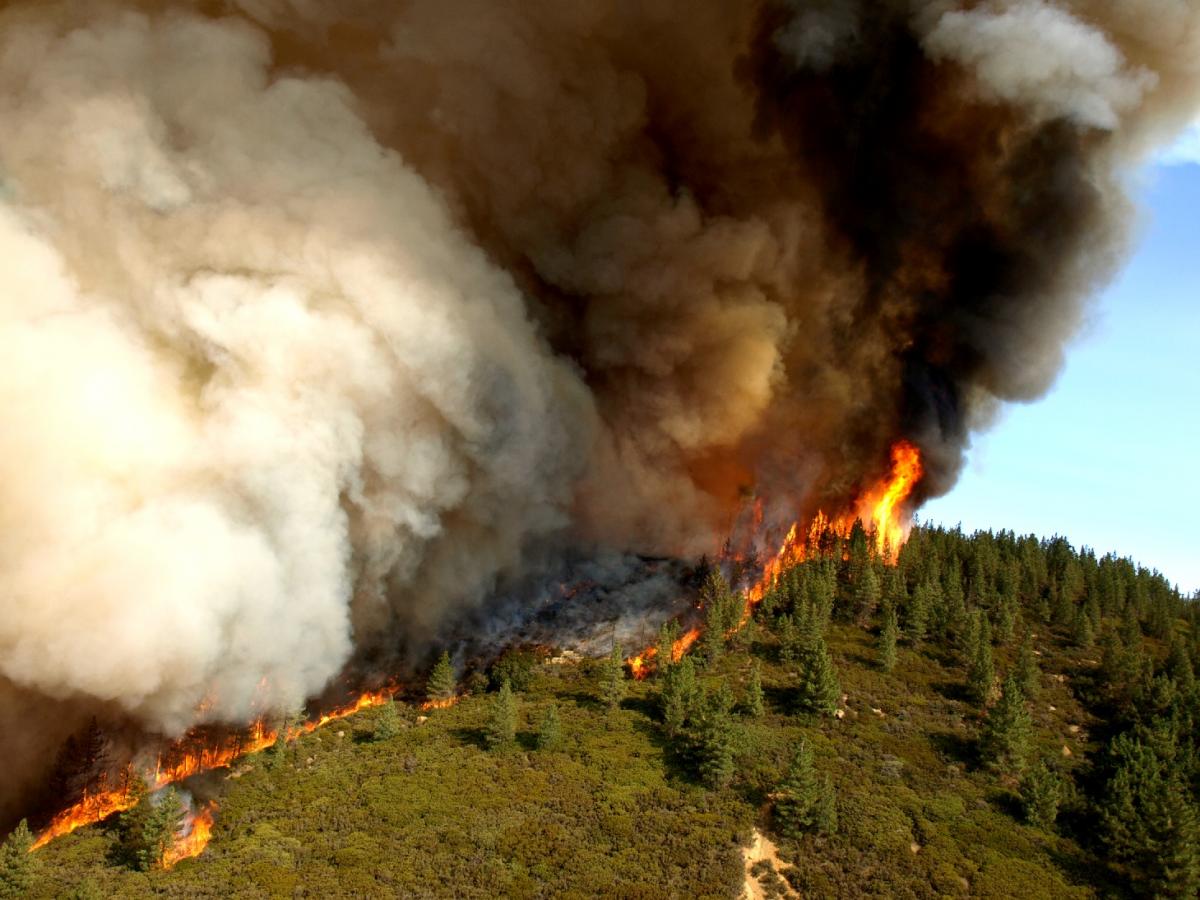|
Menahem Manesh Hayyut
Menahem Manesh (also spelled Manus, Manish, or Mannusch) ben Isaac Chajes (died 1636) was a Polish rabbi. He was the son of Rabbi Isaac ben Abraham Chajes, a descendant of a pious Provençal family; his father went to Prague in 1584. It seems that in his younger days, about 1590, he was rabbi of Turobin. He is the first known rabbi of Wilna, and his tombstone is the oldest in the old Jewish cemetery of that city. The Jewish community of Wilna was established in the last decade of the sixteenth century, and as Abraham Samuel Bacharach of Worms (died 1615) congratulates Ḥayyut on his good position in a far-away place, it is probable that Ḥayyut was really the first rabbi of Wilna. He is also mentioned in Ephraim Cohen's responsa "''Sha'ar Efrayim''," and in Moses Jekuthiel Kaufmann's "''Leḥem ha-Panim''" on ''Yoreh De'ah'', the first reference indicating Ḥayyut's proficiency in geometry. He died at Wilna about May, 1636. His grandson was Rabbi Isaac Chajes. Works H ... [...More Info...] [...Related Items...] OR: [Wikipedia] [Google] [Baidu] |
Wilna
Vilnius ( , ; see also #Etymology and other names, other names) is the capital and List of cities in Lithuania#Cities, largest city of Lithuania, with a population of 592,389 (according to the state register) or 625,107 (according to the municipality of Vilnius). The population of Vilnius's functional urban area, which stretches beyond the city limits, is estimated at 718,507 (as of 2020), while according to the Vilnius territorial health insurance fund, there were 753,875 permanent inhabitants as of November 2022 in Vilnius city and Vilnius district municipalities combined. Vilnius is situated in southeastern Lithuania and is the second-largest city in the Baltic states, but according to the Bank of Latvia is expected to become the largest before 2025. It is the seat of Lithuania's national government and the Vilnius District Municipality. Vilnius is known for the architecture in its Old Town of Vilnius, Old Town, declared a UNESCO World Heritage Site in 1994. The city was #Po ... [...More Info...] [...Related Items...] OR: [Wikipedia] [Google] [Baidu] |
Isaac Chajes
Isaac; grc, Ἰσαάκ, Isaák; ar, إسحٰق/إسحاق, Isḥāq; am, ይስሐቅ is one of the three patriarchs of the Israelites and an important figure in the Abrahamic religions, including Judaism, Christianity, and Islam. He was the son of Abraham and Sarah, the father of Jacob and Esau, and the grandfather of the twelve tribes of Israel. Isaac's name means "he will laugh", reflecting the laughter, in disbelief, of Abraham and Sarah, when told by God that they would have a child., He is the only patriarch whose name was not changed, and the only one who did not move out of Canaan. According to the narrative, he died aged 180, the longest-lived of the three patriarchs. Etymology The anglicized name "Isaac" is a transliteration of the Hebrew name () which literally means "He laughs/will laugh." Ugaritic language, Ugaritic texts dating from the 13th century BCE refer to the benevolent smile of the Canaanite religion, Canaanite deity El (deity), El. Genesis, however, ... [...More Info...] [...Related Items...] OR: [Wikipedia] [Google] [Baidu] |
Peter Wiernik
Peter Wiernik (March 6, 1865 – February 12, 1936) was a Russian-born Jewish American Yiddish journalist, newspaper editor, writer and historian. Life Wiernik was born on March 6, 1865 in Vilna, Russia, the son of Hirsch Wolf Wiernik and Sarah Rachel Milchiger. His father was a maggid, and his mother was a merchant. His younger sister was writer and translator Bertha Wiernik. Wiernik attended religious elementary school. When he was thirteen, he began apprenticing under a woodcutter. He later moved to Riga and until 1881 he worked as a turner while learning German and reading secular books. For some time, he studied in Kovno and Smarhon with his older brother, who was a Hassid. In 1882 he moved to Białystok, where his parents had settled, and studied the Talmud. Under the influence of a visiting Leon Zolotkof, he also studied secular subjects and foreign languages. He immigrated to America in 1885, settling in Chicago and spending the next few years peddling goods and worki ... [...More Info...] [...Related Items...] OR: [Wikipedia] [Google] [Baidu] |
Solomon Schechter
Solomon Schechter ( he, שניאור זלמן הכהן שכטר; 7 December 1847 – 19 November 1915) was a Moldavian-born British-American rabbi, academic scholar and educator, most famous for his roles as founder and President of the United Synagogue of America, President of the Jewish Theological Seminary of America, and architect of American Conservative Judaism. Early life He was born in Focşani, Moldavia (now Romania) to Rabbi Yitzchok Hakohen, a shochet ("ritual slaughterer") and member of Chabad hasidim. He was named after its founder, Shneur Zalman of Liadi. Schechter received his early education from his father. Reportedly, he learned to read Hebrew by age 3, and by 5 mastered Chumash. He went to a yeshiva in Piatra Neamț at age 10 and at age thirteen studied with one of the major Talmudic scholars, Rabbi Joseph Saul Nathanson of Lemberg. In his 20s, he went to the Rabbinical College in Vienna, where he studied under the more modern Talmudic scholar Meir Fr ... [...More Info...] [...Related Items...] OR: [Wikipedia] [Google] [Baidu] |
Hamburg
Hamburg (, ; nds, label=Hamburg German, Low Saxon, Hamborg ), officially the Free and Hanseatic City of Hamburg (german: Freie und Hansestadt Hamburg; nds, label=Low Saxon, Friee un Hansestadt Hamborg),. is the List of cities in Germany by population, second-largest city in Germany after Berlin, as well as the overall List of cities in the European Union by population within city limits, 7th largest city and largest non-capital city in the European Union with a population of over 1.85 million. Hamburg's urban area has a population of around 2.5 million and is part of the Hamburg Metropolitan Region, which has a population of over 5.1 million people in total. The city lies on the River Elbe and two of its tributaries, the River Alster and the Bille (Elbe), River Bille. One of Germany's 16 States of Germany, federated states, Hamburg is surrounded by Schleswig-Holstein to the north and Lower Saxony to the south. The official name reflects History of Hamburg, Hamburg's history ... [...More Info...] [...Related Items...] OR: [Wikipedia] [Google] [Baidu] |
Pentateuch
The Torah (; hbo, ''Tōrā'', "Instruction", "Teaching" or "Law") is the compilation of the first five books of the Hebrew Bible, namely the books of Genesis, Exodus, Leviticus, Numbers and Deuteronomy. In that sense, Torah means the same as Pentateuch or the Five Books of Moses. It is also known in the Jewish tradition as the Written Torah (, ). If meant for liturgic purposes, it takes the form of a Torah scroll (''Sefer Torah''). If in bound book form, it is called '' Chumash'', and is usually printed with the rabbinic commentaries (). At times, however, the word ''Torah'' can also be used as a synonym for the whole of the Hebrew Bible or Tanakh, in which sense it includes not only the first five, but all 24 books of the Hebrew Bible. Finally, Torah can even mean the totality of Jewish teaching, culture, and practice, whether derived from biblical texts or later rabbinic writings. The latter is often known as the Oral Torah. Representing the core of the Jewish spi ... [...More Info...] [...Related Items...] OR: [Wikipedia] [Google] [Baidu] |
Balak (parashah)
Balak ( — Hebrew for "Balak," a name, the second word, and the first distinctive word, in the parashah) is the 40th weekly Torah portion (, ''parashah'') in the annual Jewish cycle of Torah reading and the seventh in the Book of Numbers. In the parashah, Balak son of Zippor, king of Moab, tries to hire Balaam to curse Israel, Balaam's donkey speaks to Balaam, and Balaam blesses Israel instead. The parashah constitutes The parashah is made up of 5,357 Hebrew letters, 1,455 Hebrew words, 104 verses, and 178 lines in a Torah Scroll (, ''Sefer Torah''). Jews generally read it in late June or July. In most years (for example, 2018, 2019, 2021, 2022, 2024, 2025, and 2028), parashah Balak is read separately. In some years (for example, 2020, 2023, 2026, and 2027) when the second day of Shavuot falls on a Sabbath in the Diaspora (where observant Jews observe Shavuot for two days), parashah Balak is combined with the previous parashah, Chukat, in the Diaspora to synchronize readings the ... [...More Info...] [...Related Items...] OR: [Wikipedia] [Google] [Baidu] |
Bodleian Library
The Bodleian Library () is the main research library of the University of Oxford, and is one of the oldest libraries in Europe. It derives its name from its founder, Sir Thomas Bodley. With over 13 million printed items, it is the second-largest library in Britain after the British Library. Under the Legal Deposit Libraries Act 2003, it is one of six legal deposit libraries for works published in the United Kingdom, and under Irish law it is entitled to request a copy of each book published in the Republic of Ireland. Known to Oxford scholars as "Bodley" or "the Bod", it operates principally as a reference library and, in general, documents may not be removed from the reading rooms. In 2000, a number of libraries within the University of Oxford were brought together for administrative purposes under the aegis of what was initially known as Oxford University Library Services (OULS), and since 2010 as the Bodleian Libraries, of which the Bodleian Library is the large ... [...More Info...] [...Related Items...] OR: [Wikipedia] [Google] [Baidu] |
Kraków
Kraków (), or Cracow, is the second-largest and one of the oldest cities in Poland. Situated on the Vistula River in Lesser Poland Voivodeship, the city dates back to the seventh century. Kraków was the official capital of Poland until 1596 and has traditionally been one of the leading centres of Polish academic, economic, cultural and artistic life. Cited as one of Europe's most beautiful cities, its Old Town with Wawel Royal Castle was declared a UNESCO World Heritage Site in 1978, one of the first 12 sites granted the status. The city has grown from a Stone Age settlement to Poland's second-most-important city. It began as a hamlet on Wawel Hill and was reported by Ibrahim Ibn Yakoub, a merchant from Cordoba, as a busy trading centre of Central Europe in 985. With the establishment of new universities and cultural venues at the emergence of the Second Polish Republic in 1918 and throughout the 20th century, Kraków reaffirmed its role as a major national academic an ... [...More Info...] [...Related Items...] OR: [Wikipedia] [Google] [Baidu] |
Poznań
Poznań () is a city on the River Warta in west-central Poland, within the Greater Poland region. The city is an important cultural and business centre, and one of Poland's most populous regions with many regional customs such as Saint John's Fair (''Jarmark Świętojański''), traditional Saint Martin's croissants and a local dialect. Among its most important heritage sites are the Renaissance Old Town, Town Hall and Gothic Cathedral. Poznań is the fifth-largest and one of the oldest cities in Poland. As of 2021, the city's population is 529,410, while the Poznań metropolitan area (''Metropolia Poznań'') comprising Poznań County and several other communities is inhabited by over 1.1 million people. It is one of four historical capitals of medieval Poland and the ancient capital of the Greater Poland region, currently the administrative capital of the province called Greater Poland Voivodeship. Poznań is a center of trade, sports, education, technology an ... [...More Info...] [...Related Items...] OR: [Wikipedia] [Google] [Baidu] |
Conflagration
A conflagration is a large fire. Conflagrations often damage human life, animal life, health, and/or property. A conflagration can begin accidentally, be naturally caused (wildfire), or intentionally created (arson). A very large fire can produce a firestorm, in which the central column of rising heated air induces strong inward winds, which supply oxygen to the fire. Conflagrations can cause casualties including deaths or injuries from burns, trauma due to collapse of structures and attempts to escape, and smoke inhalation. Firefighting is the practice of extinguishing a conflagration, protecting life and property and minimizing damage and injury. One of the goals of fire prevention is to avoid conflagrations. When a conflagration is extinguished, there is often a fire investigation to determine the cause of the fire. Causes and types During a conflagration a significant movement of air and combustion products occurs. Hot gaseous products of combustion move upward, c ... [...More Info...] [...Related Items...] OR: [Wikipedia] [Google] [Baidu] |
Elegy
An elegy is a poem of serious reflection, and in English literature usually a lament for the dead. However, according to ''The Oxford Handbook of the Elegy'', "for all of its pervasiveness ... the 'elegy' remains remarkably ill defined: sometimes used as a catch-all to denominate texts of a somber or pessimistic tone, sometimes as a marker for textual monumentalizing, and sometimes strictly as a sign of a lament for the dead". History The Greek term ἐλεγείᾱ (''elegeíā''; from , , ‘lament’) originally referred to any verse written in elegiac couplets and covering a wide range of subject matter (death, love, war). The term also included epitaphs, sad and mournful songs, and commemorative verses. The Latin elegy of ancient Roman literature was most often erotic or mythological in nature. Because of its structural potential for rhetorical effects, the elegiac couplet was also used by both Greek and Roman poets for witty, humorous, and satirical subject matter. Oth ... [...More Info...] [...Related Items...] OR: [Wikipedia] [Google] [Baidu] |






